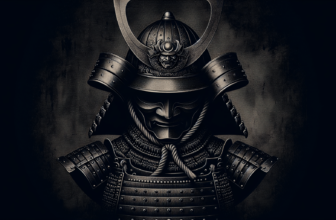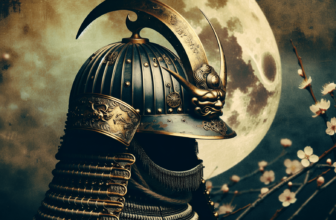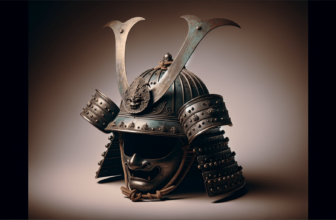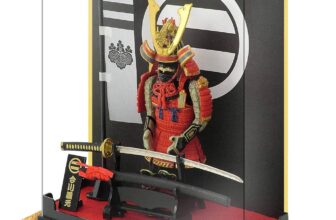
Exploring the intriguing history of wars in Japan reveals a fascinating array of battles, each distinguished by unique names that reflect their meanings. Understanding the differences in these names can enhance your appreciation for the historical contexts and the events that shaped the nation. The article will unravel various conflicts, including the Shimabara Rebellion and the significance of terms like “乱” (ran) and “役陣” (yakujin), providing insight into how these battles influenced the power dynamics of their times.
As you read on, you’ll encounter examples of how the nomenclature reflects the nature of the conflicts, from uprisings that led to political change to military obligations imposed by local rulers. By focusing on the names of these battles, you might uncover new perspectives on their impact and the stories they tell about Japan’s rich history. This exploration promises to enrich your understanding of historical events and their lasting significance.
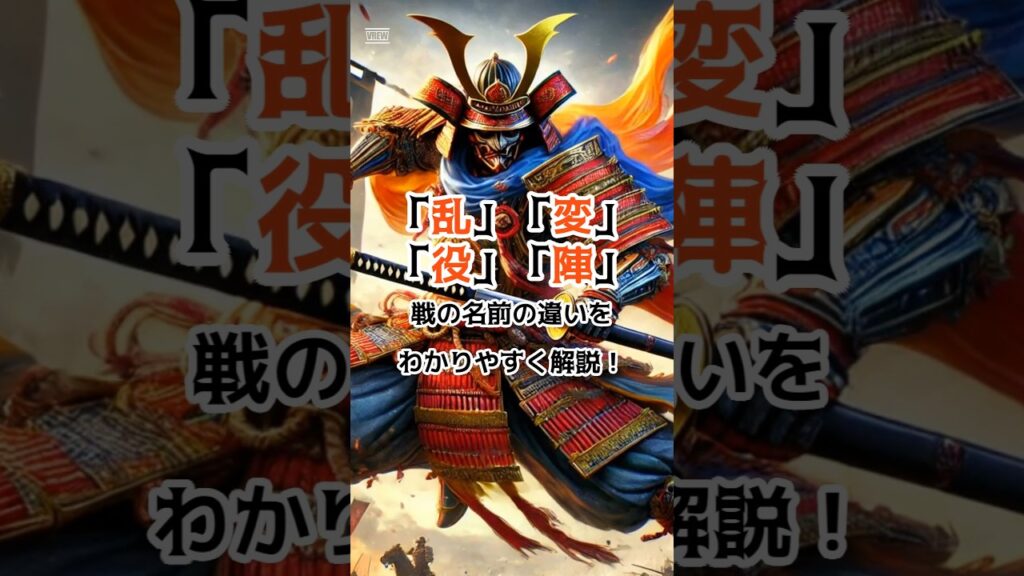
Understanding ‘Ranhen’ in Historical Context
Definition of ‘Ranhen’
‘Ranhen’ refers to specific types of uprisings or rebellions in Japanese history, characterized typically by the involvement of dissatisfied groups attempting to challenge existing power structures. Unlike conventional wars, which might be fought on broader fronts over territorial disputes, ‘ranhen’ suggests a more localized conflict often motivated by political, social, or economic grievances. Understanding ‘ranhen’ gives you a window into the complexities of Japan’s historical landscape.
Origins of the Term
The term ‘ranhen’ combines ‘ran’ (乱), meaning disorder or chaos, with ‘hen’ (変), which can mean change or transformation. Historically, these rebellions emerged out of a context of dissatisfaction with ruling powers, whether they be feudal lords, the shogunate, or the emperor. This blend of terms highlights how reform and unrest often go hand-in-hand in societal evolution, making ‘ranhen’ a poignant label for the turbulent shifts that have shaped Japan.
Examples in Japanese History
Historically, ‘ranhen’ is seen in numerous uprisings, including the Shimabara Rebellion, which aimed to overthrow oppressive rulers, and the Boshin War, which sought to restore imperial authority. Each instance of ‘ranhen’ contributes layers to your understanding of Japan’s transition from feudalism to modernity, revealing how each conflict played a critical role in shifting political ideologies and societal structures.
Military Conflicts: An Overview
Types of Military Conflicts
Military conflicts can be classified into various categories, including traditional wars, rebellions, and civil wars. You can see that ‘ranhen’ falls into the category of rebellions, where a segment of society attempts to overthrow or resist a dominant political authority. Understanding these distinctions helps you navigate through the complex tapestry of global history and the varying motivations behind different types of conflict.
The Role of Rebellion in History
Rebellions often act as catalysts for change, driving social, political, and cultural transformations. They highlight the gaps between the governed and the governing. You might think of rebellions as the expressions of the oppressed striving for reform or liberation, thus shaping your perception of power dynamics across history.
Comparing Rebellions and Wars
While both rebellions and wars involve violence, they differ in scope and intention. Wars typically involve large-scale confrontations between nations or significant factions, whereas rebellions focus on internal changes within a society. By comparing these two, you gain insights into how local discontent can escalate into broader conflicts and the implications of each.
Key Historical Conflicts Classified as ‘Ranhen’
Shimabara Rebellion
The Shimabara Rebellion (1637-1638) stands as a poignant example of ‘ranhen.’ This revolt was primarily driven by heavy taxation and religious persecution of Christians, who sought to challenge their oppressors in a bid for justice. Understanding this conflict provides you with a lens into the deep-rooted grievances that have often defined social struggles in Japan.
Boshin War
The Boshin War (1868-1869) signifies a major turning point in Japanese history as it sought to end the Tokugawa shogunate’s rule and restore emperor Meiji’s governance. This war altered the Japanese state dramatically, marking the transition from feudalism to modernity. You might find it fascinating how this conflict not only reshaped politics but also set the foundation for Japan’s future as a nation.
Saigo Takamori’s Rebellion
Saigo Takamori’s Rebellion (1877) represents the final military engagement by the samurai class, reflecting the tensions between modernity and the steadfastness of traditional values. Takamori, a former loyal supporter of the Meiji Restoration, rallied his troops against the rapidly industrializing state. By studying this rebellion, you can appreciate the challenges that arise when historical customs clash with modern national identity.
The Significance of ‘Yaku Jin’ in Battles
Definition of ‘Yaku Jin’
‘Yaku Jin’ refers to the specialized roles or crucial figures within a military context, often translating to “important or key person.” They serve pivotal functions during battles, and understanding their roles can shed light on the overall dynamics of military conflicts.
Historical Context of ‘Yaku Jin’
Historically, ‘yaku jin’ have included influential leaders, strategists, and warriors whose decisions significantly impacted the outcomes of battles. You can see how these key figures can rally troops, forge alliances, and inspire courage, underscoring their importance in shaping history.
Famous ‘Yaku Jin’ in Japanese Warfare
Figures such as Oda Nobunaga and Toyotomi Hideyoshi are notable examples of ‘yaku jin’ whose strategic genius and leadership changed the course of Japanese history. Studying these personalities helps you grasp how individual contributions can resonate through time, influencing not just military outcomes but entire eras.
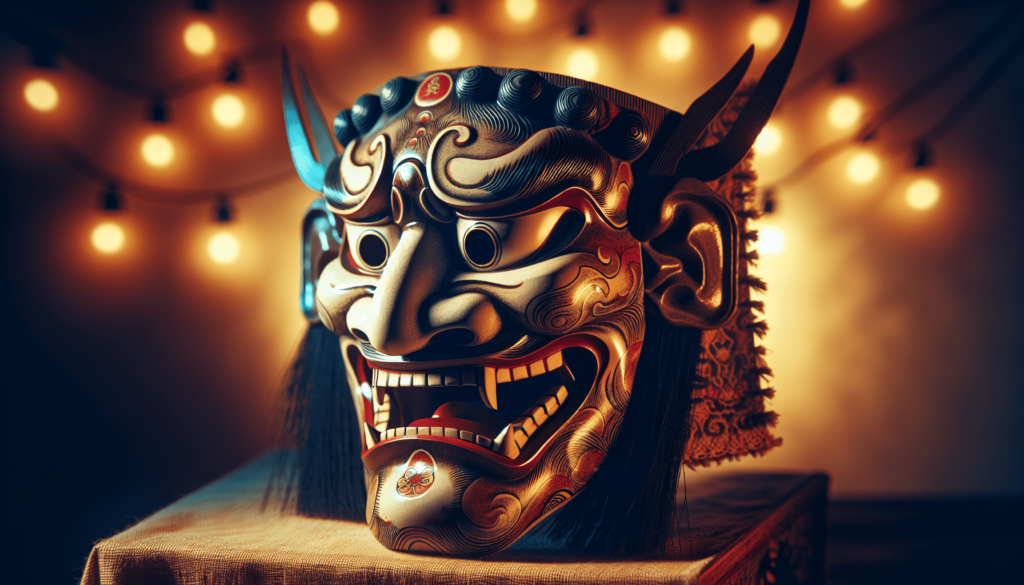
Distinguishing Conflicts: Notation and Names
Impact of Naming on Historical Perception
The names given to conflicts often reflect their significance and the prevailing sentiments around them. For you, recognizing how history is framed through language can reshape your understanding of events, showcasing how certain uprisings are viewed as noble struggles while others are seen as mere acts of rebellion.
Criteria for Naming Conflicts
Conflicts may be named based on various criteria, including the scale of battle, key figures involved, outcomes, and geographical significance. Knowing this helps you appreciate why some rebellions gain prominent historical titles while others fade into obscurity.
The Influence of Outcome on Battle Names
The outcomes of battles profoundly influence how they are categorized and subsequently remembered. Victorious factions often write the narrative, shaping the collective memory of events. By considering this aspect, you can better understand the biases that pervade historical accounts.
Case Study: The Shimabara Rebellion
Background and Causes
The Shimabara Rebellion was sparked by discontent among farmers and Christian converts who faced heavy taxation and repression under the Tokugawa Shogunate. For you, understanding these underlying causes sets the stage for grasping the social and political climate of the time.
Key Events during the Rebellion
The rebellion witnessed fierce fighting, particularly around the Shimabara Peninsula, culminating in a decisive assault by government forces in 1638. You can see how the strategies employed by rebellious factions, despite their ultimate failure, reflected the challenges faced by marginalized groups striving for justice.
Aftermath and Political Changes
The aftermath of the Shimabara Rebellion was significant, as it led to the implementation of stricter policies against Christianity and discontented peasants. You may find it interesting to explore how this conflict shaped subsequent policy decisions and the relationship between the government and its citizens.
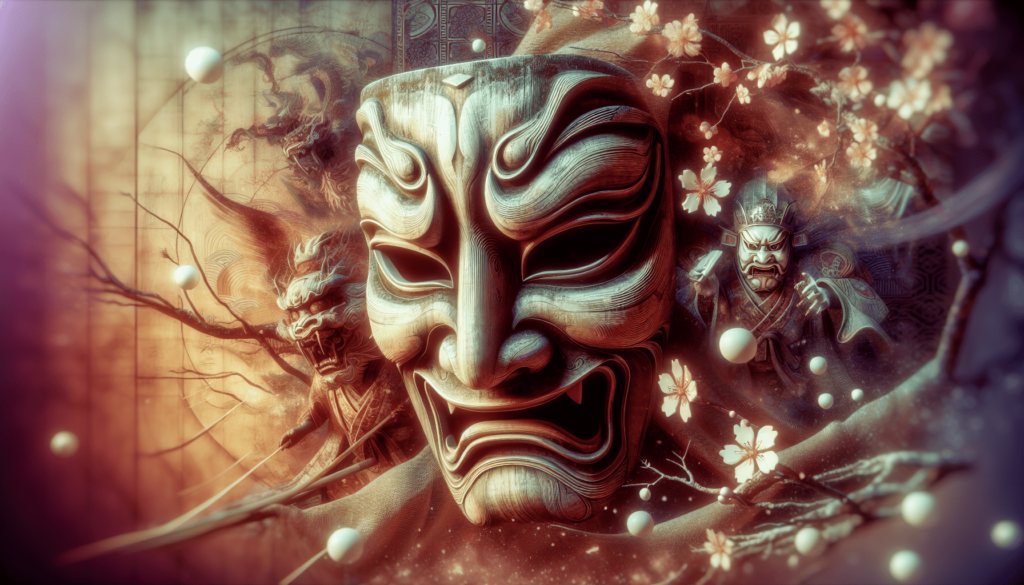
The Role of Leadership in ‘Ranhen’ Battles
Profiles of Key Leaders
Key leaders like Saigo Takamori during the Satsuma Rebellion and Christian converts in the Shimabara Rebellion took center stage, providing you insights into how personal convictions and strategic acumen can propel uprisings. Their stories illustrate the spectrum of motivations and backgrounds that characterize leadership amid turmoil.
Leadership Styles and Tactics
Leadership during ‘ranhen’ varies greatly, from authoritarian to democratic approaches. For example, Saigo Takamori’s leadership combined martial prowess with a strong sense of morality. Understanding these styles and tactics helps you appreciate the complexities of leadership during times of conflict.
Effects of Leadership on Battle Outcomes
Leadership can shape the morale, coherence, and strategies of forces involved in ‘ranhen.’ The outcomes of rebellions often hinge on the effectiveness of leaders, which in turn directly affects the lives of those involved and the direction of history.
The Evolution of Warfare in Japan
From Feudal Conflicts to Modern Warfare
Japan’s military evolution from feudal conflicts, characterized by samurai traditions and honor codes, to modern warfare demonstrates substantial transformation. You can see how technological advancements and changing social norms influenced military strategy and organization.
Technological Advancements
Throughout history, Japan has undergone significant technological transitions—from traditional weaponry to modern firearms and naval vessels. Understanding the role of technology in warfare offers deeper insights into how conflicts escalate and evolve over time.
Changing Strategies and Tactics
As warfare evolved, so did the strategies employed by leaders during conflicts. You can explore how traditional tactics once dominated by samurai warfare adapted to incorporate modern elements, reshaping the battlefield and affecting outcomes drastically.
Learning from History: Relevance of ‘Ranhen’
Lessons for Modern Society
The study of ‘ranhen’ is not merely an academic pursuit; it offers critical lessons for modern society concerning governance, civil rights, and community engagement. You can reflect on how past conflicts inform present struggles and encourage contemporary movements for social justice.
Understanding Power Dynamics
Rebellions reveal the intricate dynamics of power and resistance, highlighting the need for balance in governance. By comprehending these historical contexts, you can become more attuned to the nuances within current societal structures and movements.
The Role of Civil Disobedience
History teaches that civil disobedience can be a powerful tool for change. You might consider how the narratives of ‘ranhen’ serve as reminders of the effectiveness of grassroots movements in challenging authority, inspiring action even today.
Conclusion
Summarizing Key Takeaways
In examining ‘ranhen’ and associated military conflicts, you gain a comprehensive understanding of how discontent can manifest as rebellion and the complexities surrounding leadership, power dynamics, and societal change.
The Importance of Historical Names
Understanding the terminology associated with these conflicts enhances your appreciation for historical narratives and the significance of names in shaping collective memory.
Encouragement for Further Study
I encourage you to delve deeper into Japan’s rich history, exploring the myriad stories behind ‘ranhen’ and their lasting impact on modern society. By engaging with these narratives, you can uncover powerful lessons relevant to our contemporary world.



